After a decade or so of sporadic and modest success, The O’Jays needed a change to reach their potential. Philadelphia International Records needed a group that would be the ideal conduit for the sounds the label’s house producers were brewing.
Videos by American Songwriter
Hence, it was a musical marriage made in heaven. And the first evidence of this came on the 1972 smash single “Back Stabbers,” which called two-faced friends to the carpet.
A Belated Breakthrough
Groups don’t usually have their breakout success 15 years into their careers. Granted, the O’Jays started out singing together in the late ’50s when they were all still high school students in Ohio. They took their name from a popular DJ in the Ohio area.
Throughout the ’60s, a few group members came and went, and The O’Jays released a steady barrage of singles. Only one of those songs even made the Billboard Top 100. They enjoyed a little bit more success on the R&B charts, but nothing so momentous that they ever felt like they were on firm footing.
As the ’70s dawned, The O’Jays were down to three members: Eddie Levert (their lead singer), Walter Lee Williams, and William Powell. Feeling like they were doomed to second-tier status, they briefly considered quitting the music business. But they received a lifeline just in time from a new label that was about to blow up in a big way.
The Philly Sound
The O’Jays had already worked with songwriters/producers Kenneth Gamble and Leon Huff on a few of their singles in the ’70s. Gamble and Huff recognized the untapped potential of the trio and made them one of the first signings to their Philadelphia International label. And the first single they recorded for the label was “Back Stabbers.”
Even though it was one of the first major songs released on the label, “Back Stabbers” already came replete with many of the qualities that would come to characterize the Philly Soul sound, a sound that would come to dominate the music scene for a good chunk of the ’70s. The rhythm is relentless, there are instrumental hooks aplenty, and a string section brings a sweeping elegance to the whole deal.
“Back Stabbers,” written by Leon Huff along with Philadelphia International’s ace in-house songwriters Gene McFadden and John Whitehead, gave The O’Jays the smash hit that had long been denied them, reaching No. 3 in 1972. It also paved the way for follow-up single “Love Train,” which topped both the pop and R&B charts.
What is the Meaning of “Back Stabbers”?
They smilin’ in your face / All the time, they want to take your place, sing The O’Jays at the beginning of “Back Stabbers,” setting the tone of paranoia and fear that permeates the track. And who are these parasites coming after? All you fellas who have someone and you really care / Then it’s all of you fellas who better beware.
Even seemingly close friends need to be watched: A few of your buddies, they sure look shady. The blades are long, clenched tight in their fists, Levert warns. Aimin’ straight at your back / And I don’t think they’ll miss. These enemies are pretty much unstoppable, when it comes right down to it: So are they here to see my woman? / I don’t even be home but they just keep on comin’.
The visceral bite of the lyrics plays beautifully off the suavity of the music. And The O’Jays proved the ideal delivery system for the message with their call-and-response vocals. They just needed a song and a label to get them their just due, and “Back Stabbers” and Philly International delivered the goods.
Photo by ABC Photo Archives/Disney General Entertainment Content via Getty Images



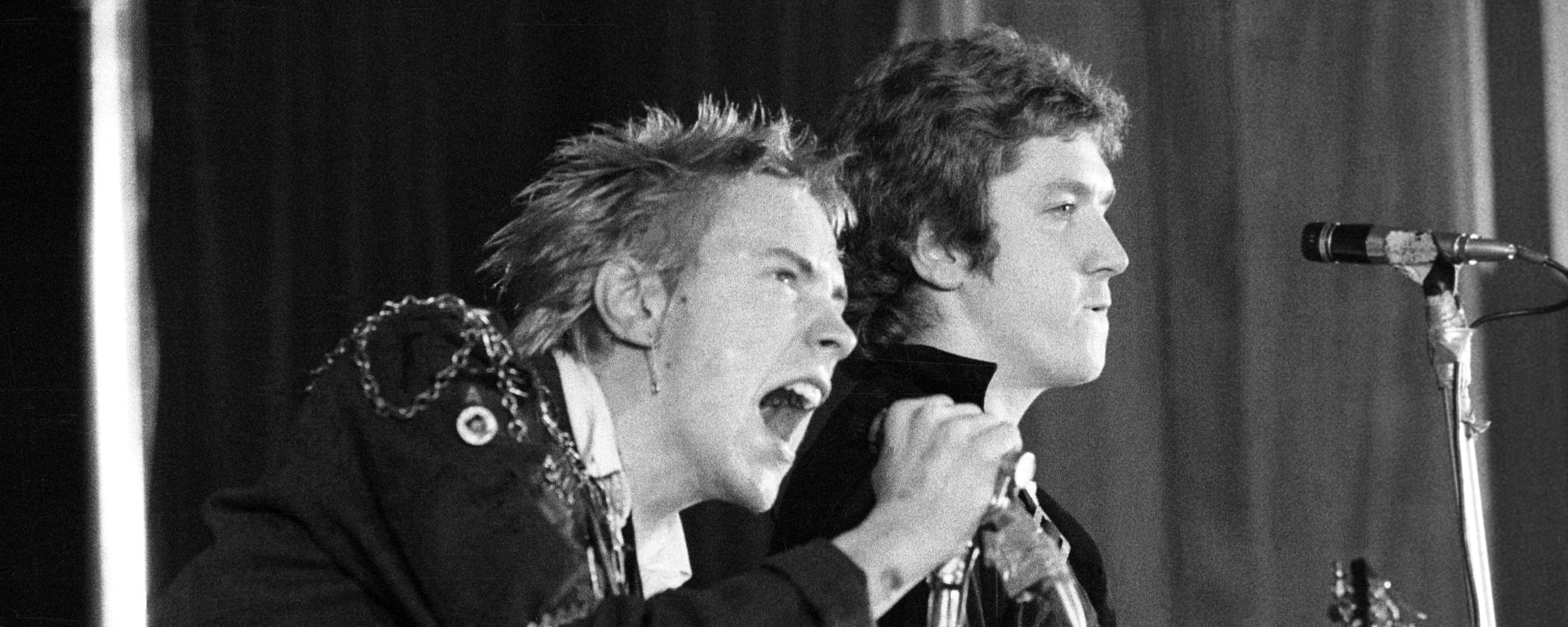
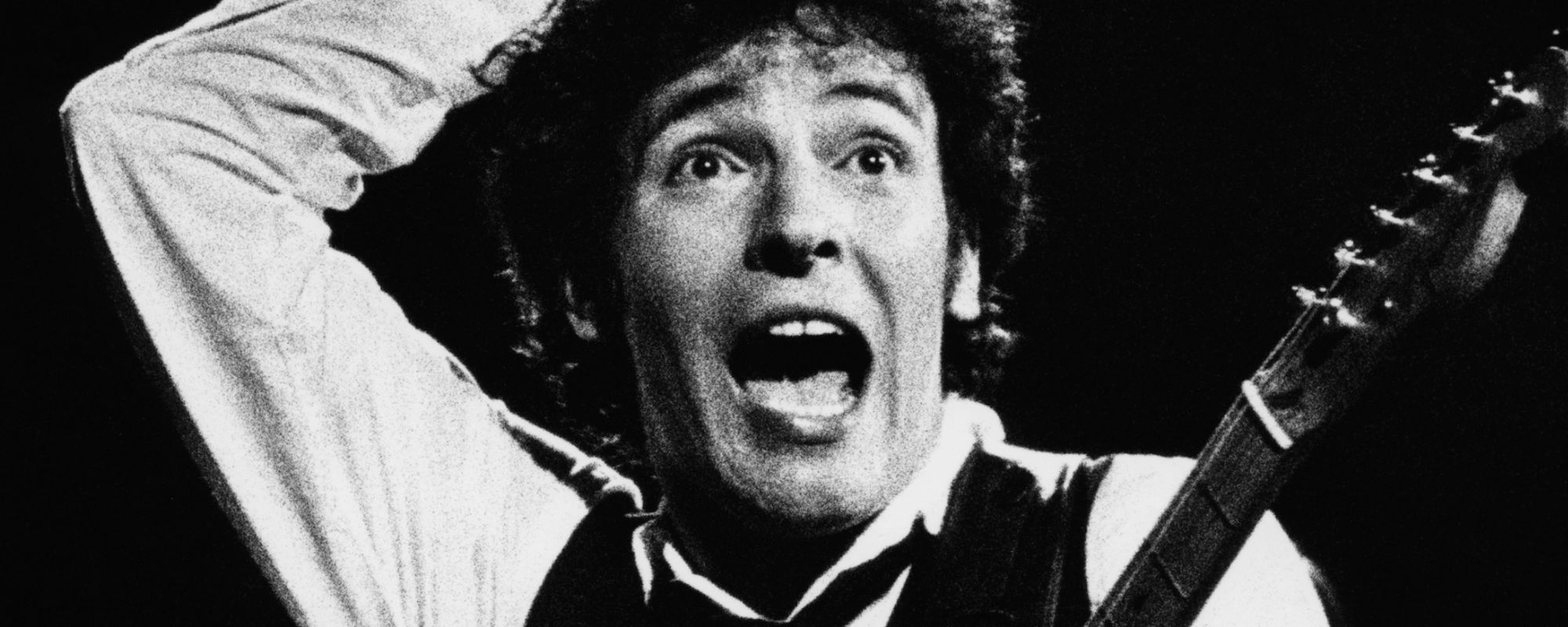
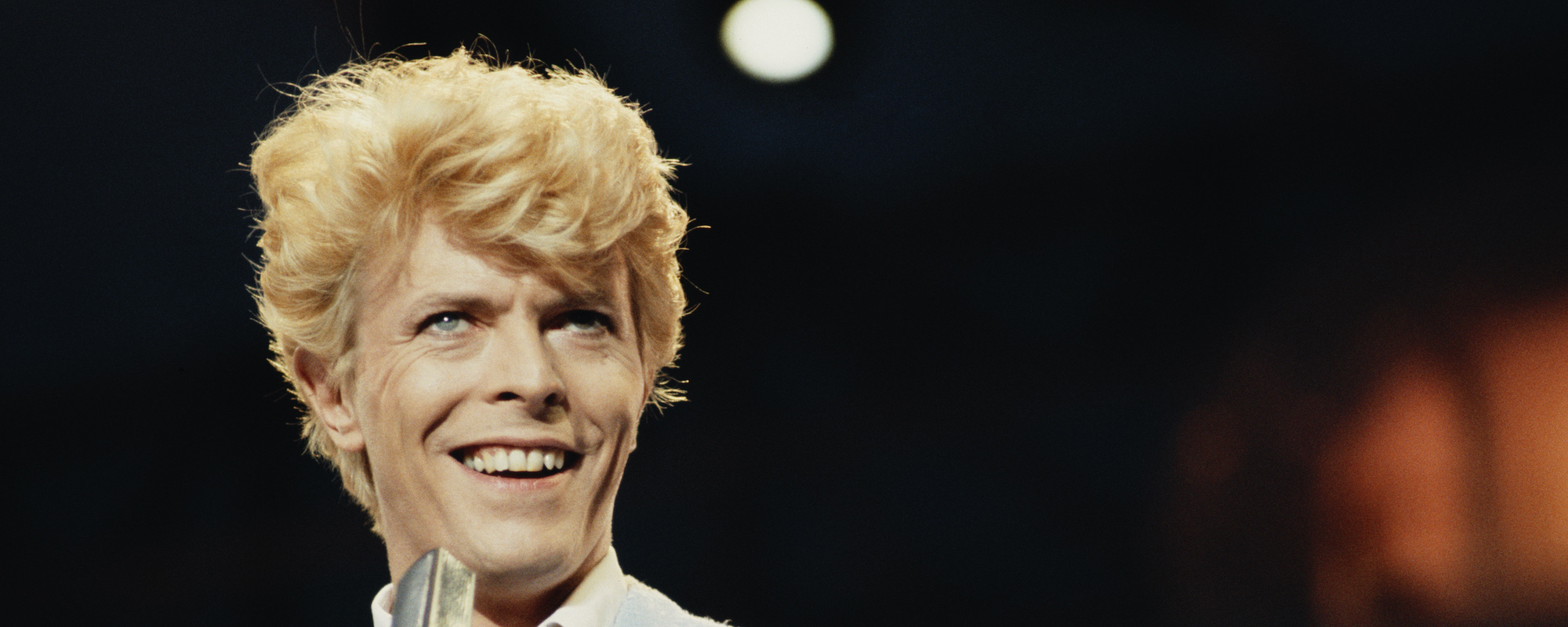

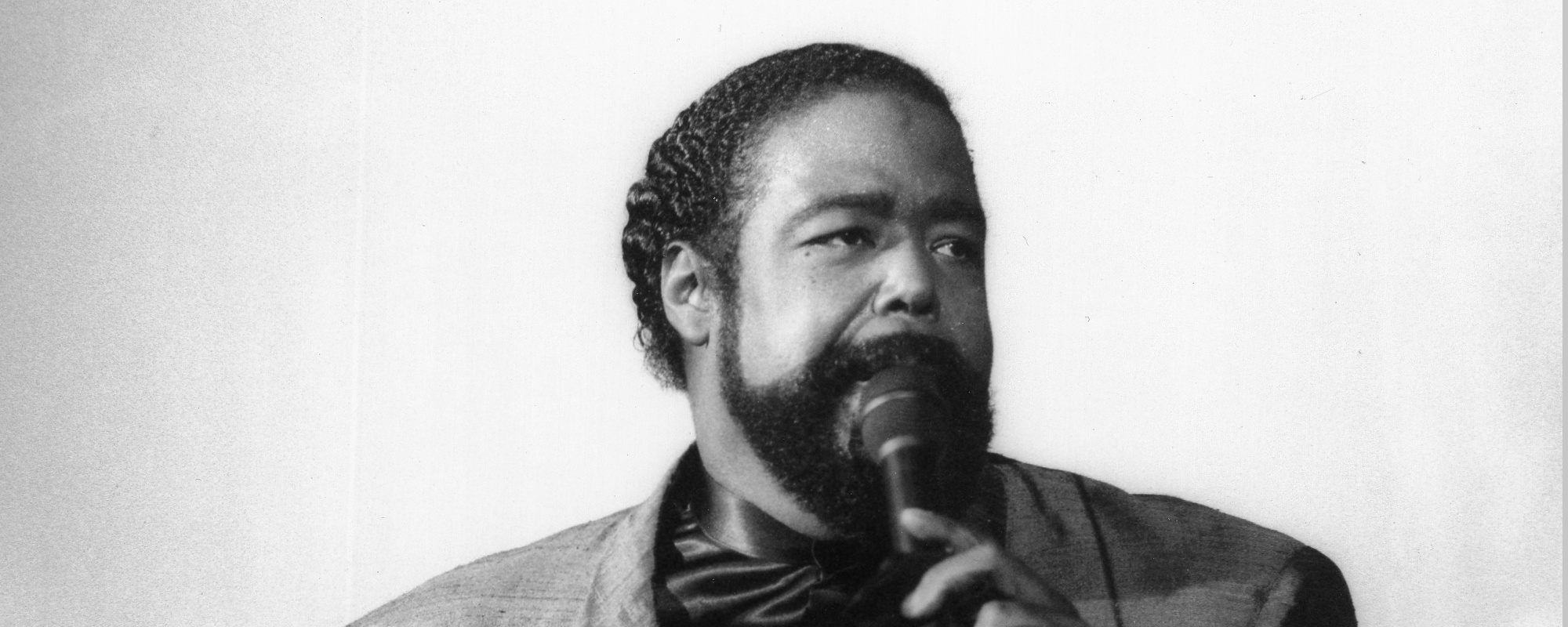
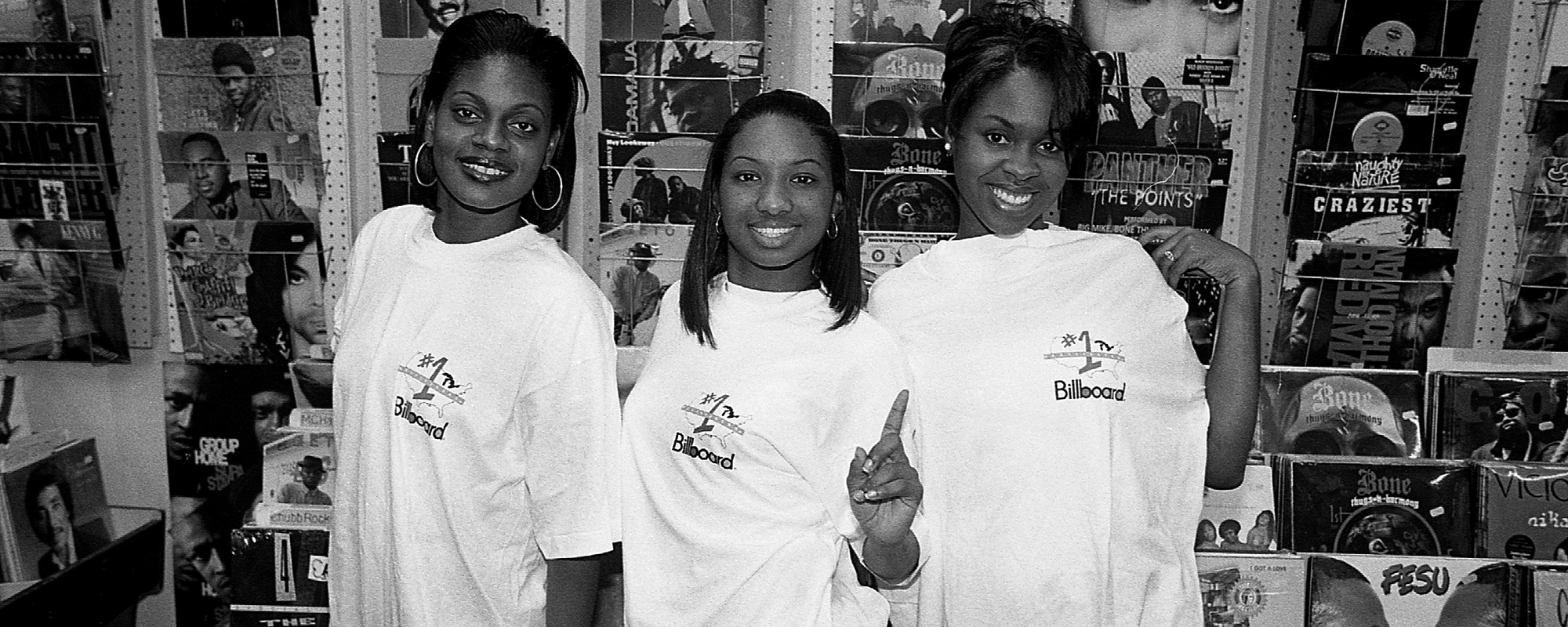


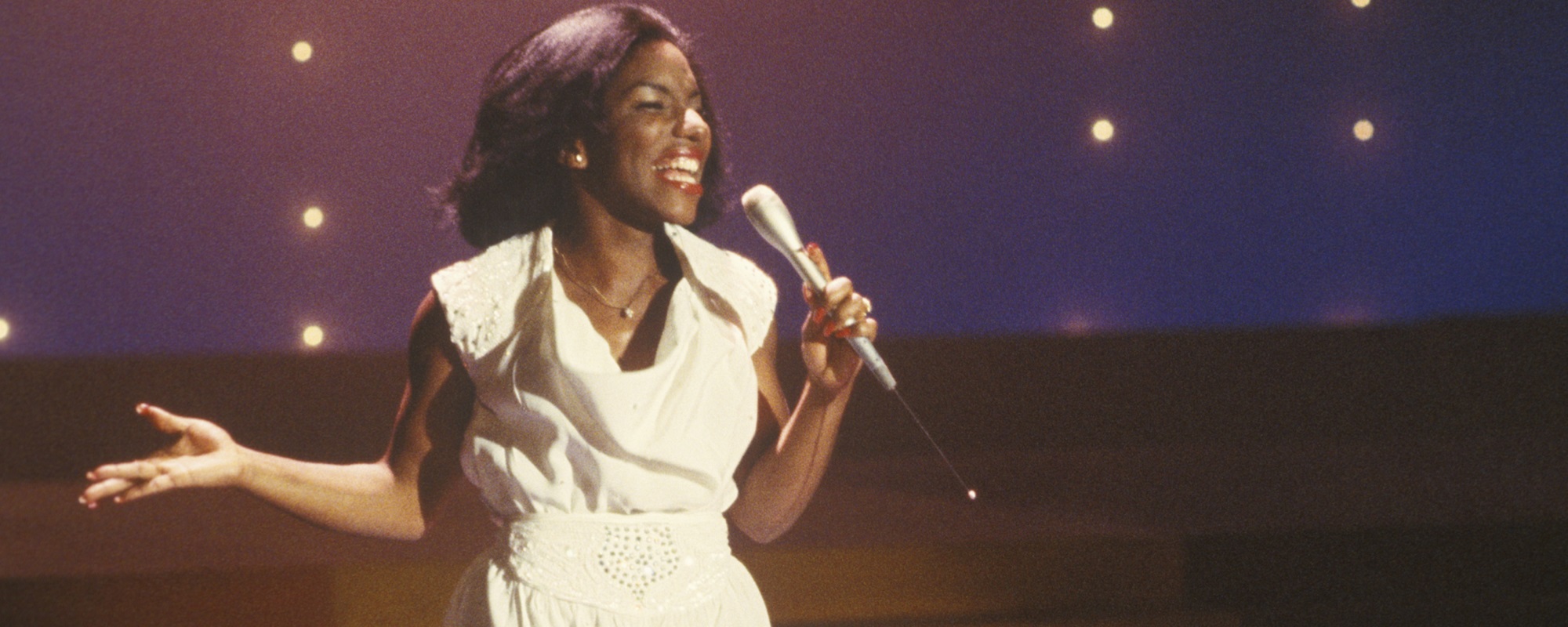

Leave a Reply
Only members can comment. Become a member. Already a member? Log in.